Ultimate Guide to Weighted Vests for Walking, Running, and Workout
Want to level up your fitness without spending hours in the gym? A weighted vest might be your secret weapon! This versatile piece of equipment is gaining popularity for its ability to add resistance to your everyday activities, from walking to running and even bodyweight workouts. In this guide, we’ll cover everything you need to know about weighted vests—their benefits, best uses, and top recommendations, including tailored options for women and tips for safe use. Let’s dive in and discover how a weighted vest can transform your fitness routine.
Benefits of Using a Weighted Vest
Weighted vests are more than just a fitness accessory; they’re a game-changer for anyone looking to enhance their workouts or daily activities. Here’s how they work: by adding extra resistance to your body, they force your muscles and cardiovascular system to work harder.
Key Benefits Include:
- Boosts Calorie Burn: Adding weight increases the intensity of any activity, helping you burn more calories in less time. For instance, walking with a weighted vest can burn up to 15% more calories compared to walking without one.
- Improves Cardiovascular Endurance: Activities like walking or running with a weighted vest make your heart work harder, improving stamina over time. Studies show that wearing a weighted vest during aerobic activities enhances VO2 max, a measure of cardiovascular fitness.
- Strengthens Bones and Muscles: The added resistance helps build bone density and muscle strength, especially in weight-bearing activities. This can be particularly beneficial for preventing conditions like osteoporosis.
- Enhances Bodyweight Workouts: Simple exercises like squats, push-ups, and lunges become more challenging and effective. Over time, this can lead to greater strength and muscle definition.
- Supports Weight Loss Goals: By increasing calorie expenditure during daily activities, a weighted vest can be a practical tool for those aiming to lose weight without making drastic changes to their routine.
Is a Weighted Vest Right for You?
Weighted vests are ideal for beginners, runners, hikers, and anyone looking to maximize their workouts with minimal equipment. However, they’re also great for individuals who may not have time for lengthy gym sessions but want to intensify their regular activities.
Image Placeholder: Infographic summarizing key benefits of weighted vests.
Weighted Vest for Walking
Walking is one of the easiest and most accessible forms of exercise, and adding a weighted vest can take it to the next level. It’s a low-impact way to challenge your body without adding unnecessary strain.
Why Use a Weighted Vest for Walking?
- It’s low-impact, making it suitable for all fitness levels, including beginners and older adults.
- Increases calorie burn without adding stress to your joints.
- Improves posture and core strength as you maintain balance while walking.
Tips for Walking with a Weighted Vest:
- Start Light: Begin with a vest that’s 5–10% of your body weight to avoid overloading your muscles and joints.
- Focus on Form: Keep your shoulders back, core engaged, and take steady strides. Avoid leaning forward or altering your natural gait.
- Incorporate Intervals: Alternate between slow and brisk walking to add variety and boost calorie burn.
- Progress Gradually: As your body adapts, increase the vest weight or the duration of your walks.
- Add Hills: Walking on an incline with a weighted vest amplifies the benefits, engaging more muscle groups and increasing the intensity.
Related Link: Looking to take your walking routine indoors? Check out our article on Walking Pad Treadmills, and discover how a weighted vest can complement your treadmill workouts for maximum results!
Weighted Vest for Running
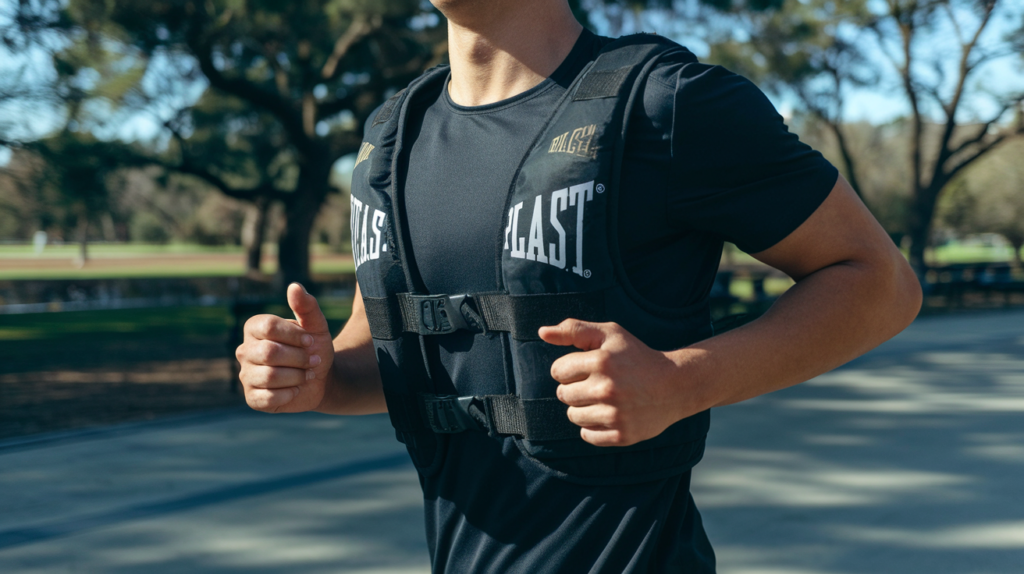
For runners, a weighted vest can be a powerful tool to boost endurance and speed. It mimics the effects of running uphill or against resistance without requiring additional equipment.
Benefits for Runners:
- Builds stamina and strengthens muscles used in running, such as the quads, calves, and glutes.
- Enhances sprint performance and long-distance running capabilities.
- Improves your running economy, helping you use oxygen more efficiently during workouts and races.
- Adds variety to your training routine, making it more engaging and challenging.
Tips for Running with a Weighted Vest:
- Start Slow: Use a vest weighing no more than 5% of your body weight to avoid joint strain.
- Use Intervals: Begin by incorporating the vest into short sprint intervals or hill runs. This reduces the risk of overexertion while still providing benefits.
- Focus on Form: Keep your stride smooth and controlled. Avoid overcompensating for the added weight by leaning forward or striking the ground harder.
- Limit Duration: Run with the vest for shorter periods (10-15 minutes) initially before extending the time or distance.
Weighted Vest Workouts: Exercise Ideas
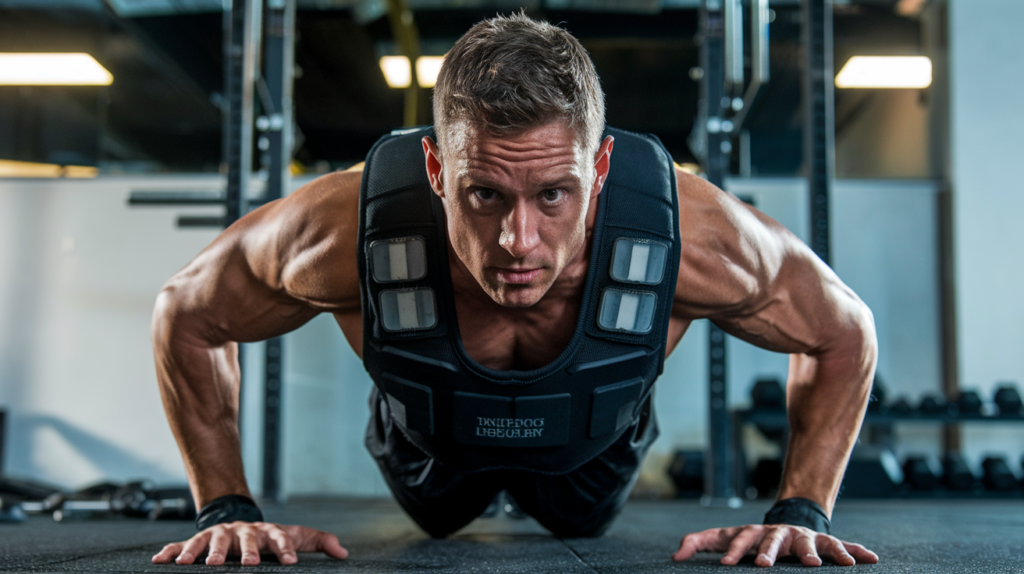
Beyond walking and running, weighted vests can supercharge your bodyweight workouts. Adding resistance helps build strength, improve endurance, and target muscles more effectively.
Top Weighted Vest Exercises:
- Walking Lunges: Strengthen your quads, glutes, and core while improving balance.
- Push-Ups: Challenge your upper body and core stability with the added resistance.
- Squats: Build lower body strength and endurance, engaging your glutes, quads, and hamstrings.
- Pull-Ups: Enhance your back and arm muscles as the vest increases the intensity of each rep.
- Plank Holds: Improve core strength and stability by holding a plank position with added weight.
Sample Full-Body Weighted Vest Workout:
- Warm-Up: 5 minutes of walking or jogging with the vest.
- Squats: 3 sets of 12 reps to target your lower body.
- Push-Ups: 3 sets of 10–12 reps for upper body strength.
- Walking Lunges: 2 sets of 20 steps to challenge your legs and balance.
- Plank Holds: 3 sets of 30 seconds to strengthen your core.
- Cool Down: 5 minutes of light walking to help your muscles recover.
Advanced Variations:
- Add explosive movements like jump squats or burpees for a cardio and strength boost.
- Incorporate stair climbing with a weighted vest for a high-intensity workout.
Best Weighted Vests for Women
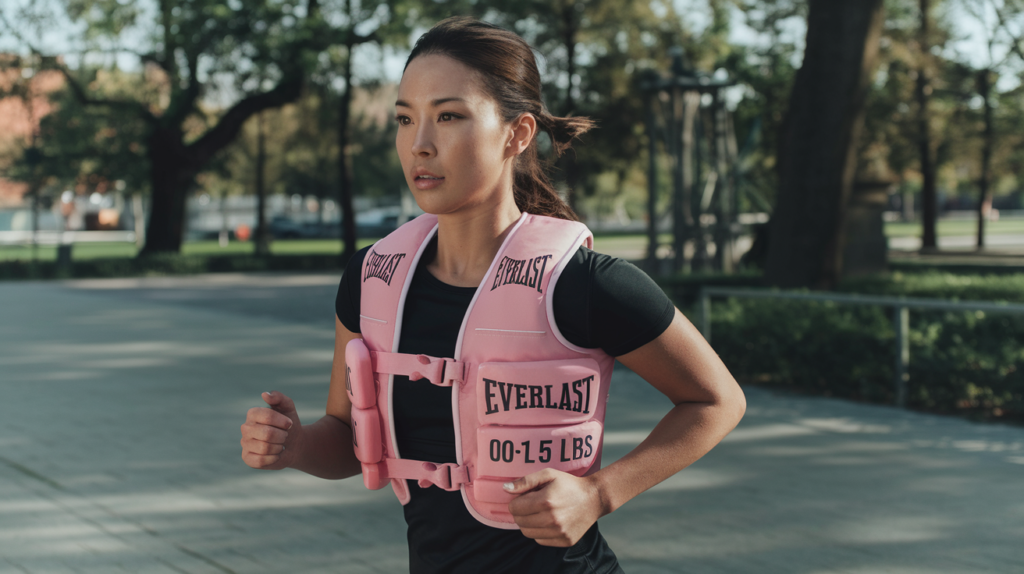
Women looking for a weighted vest often prioritize comfort, fit, and adjustability. Here are some top recommendations and features to look for:
Top Recommendations:
- Empower Weighted Vest: Lightweight, form-fitting, and designed specifically for women. Great for walking or light workouts.
- Hyperwear Hyper Vest Fit: Adjustable weight options with a sleek, breathable design for maximum comfort.
- Aduro Sport Weighted Vest: Affordable and beginner-friendly, offering excellent value for first-time users.
Features to Consider:
- Adjustable Straps: Ensures a secure fit for various body types and prevents bouncing during movement.
- Breathable Material: Reduces discomfort from sweating, making it ideal for long walks or intense workouts.
- Compact Design: Look for a vest that doesn’t restrict your range of motion, especially for activities like running or squats.
How to Choose the Best Weighted Vest
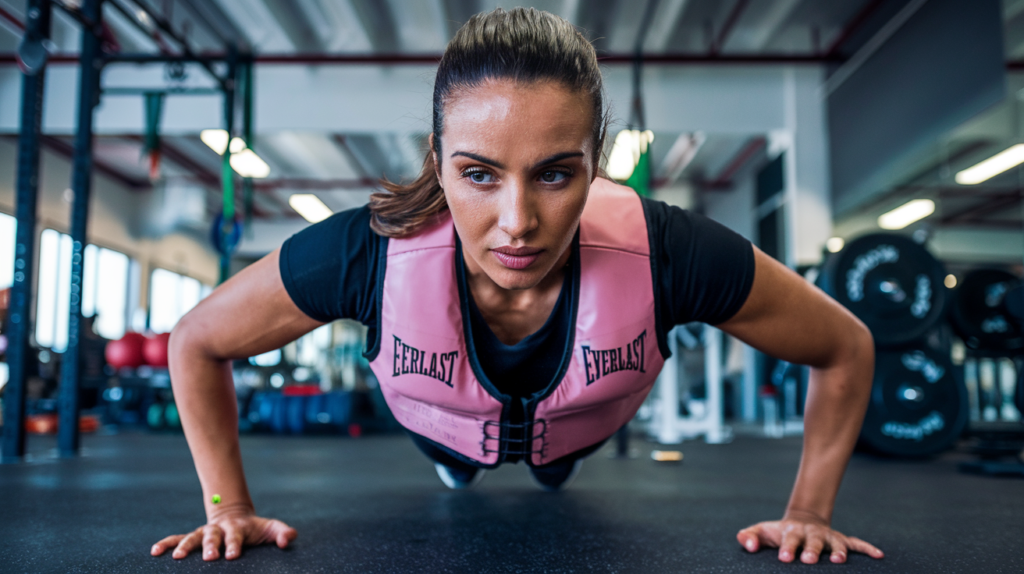
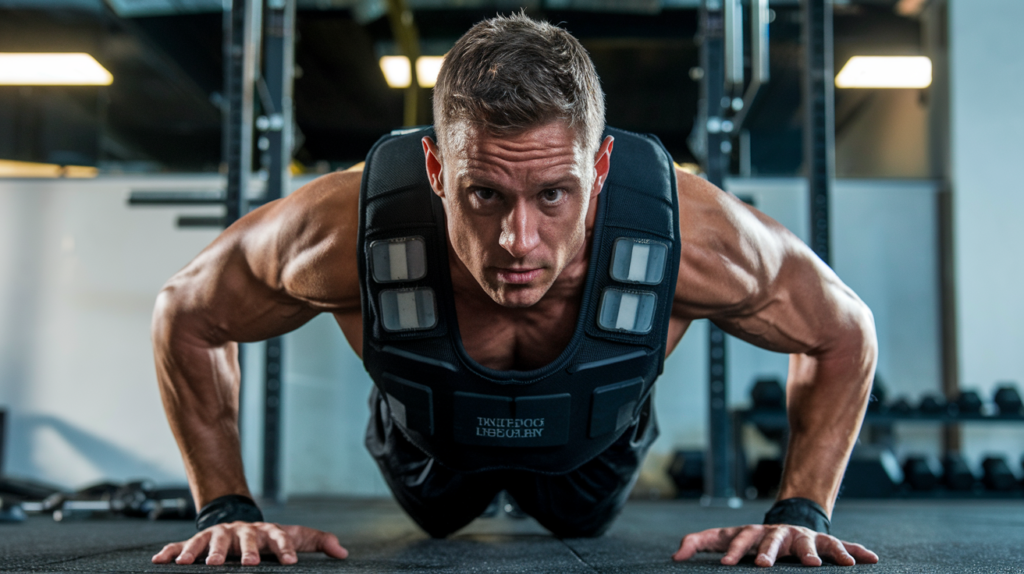
Selecting the right weighted vest can make all the difference. Here’s what to look for:
- Weight Range and Adjustability: Choose a vest that allows you to increase or decrease the weight as needed. This flexibility makes it suitable for beginners and advanced users alike.
- Comfort and Fit: Look for padded shoulders, adjustable straps, and breathable materials to avoid discomfort during long sessions.
- Purpose: Consider what you’ll primarily use it for—walking, running, or workouts. Different vests are optimized for different activities.
- Price and Durability: Invest in a high-quality vest that can withstand regular use. A durable vest will save you money in the long run.
Image Placeholder: Table comparing weighted vests by features like weight range, comfort, and price.
FAQs: Weighted Vests for Walking, Running, and Workouts
Q1: Are weighted vests safe for beginners?
Yes, if you start with light weights (5–10% of your body weight) and progress gradually. Always listen to your body and stop if you feel discomfort.
Image Placeholder: Beginner-friendly weighted vest with safety tips.
Q2: Can I lose weight by walking with a weighted vest?
Absolutely! The added resistance increases calorie burn, making it an effective tool for weight loss when paired with a balanced diet. For instance, a 30-minute walk with a weighted vest can burn up to 30% more calories than walking without one.
Image Placeholder: Comparison chart showing calorie burn with and without a weighted vest.
Q3: How heavy should my weighted vest be?
The general recommendation is to start with a vest that is 5–10% of your body weight. This allows your body to adapt to the added resistance without causing strain. Over time, you can gradually increase the weight as your strength and endurance improve.
Q4: Can I wear a weighted vest all day?
While some people use lightweight vests for extended periods to improve posture or increase daily calorie burn, it’s not recommended to wear heavy vests all day. Prolonged use can lead to muscle fatigue and joint strain. It’s best to use them during specific activities or workouts.
Q5: Are weighted vests good for bone health?
Yes! Weighted vests can improve bone density by adding resistance during weight-bearing activities. This is especially beneficial for individuals looking to prevent osteoporosis or improve overall bone health.
Q6: Do weighted vests come in different sizes?
Most weighted vests are adjustable to accommodate various body types and fitness levels. Some brands also offer gender-specific designs, such as vests tailored for women, which may feature a slimmer fit and added padding for comfort.
Image Placeholder: Adjustable weighted vest with size options highlighted.
Q7: Can I use a weighted vest for strength training?
Yes, weighted vests are excellent for strength training. They can intensify bodyweight exercises like push-ups, pull-ups, and squats, helping you build muscle and endurance more effectively.
Image Placeholder: Weighted vest being used during strength exercises.
Q8: What are the best materials for weighted vests?
Look for vests made from durable, breathable materials like neoprene or reinforced nylon. These materials ensure comfort during workouts and longevity with regular use.
Conclusion
Weighted vests are a versatile and effective tool to enhance your fitness journey, whether you’re walking, running, or engaging in strength training. By adding resistance to your routine, they help you burn more calories, build muscle, and improve your overall endurance. The key is to start light, focus on proper form, and gradually increase the weight as your body adapts.
What will you plan to do with this information? Are you ready to elevate your workouts and experience the transformative benefits of weighted vests? Share your thoughts in the comments below, and don’t forget to check out our related articles for more fitness tips and tricks!